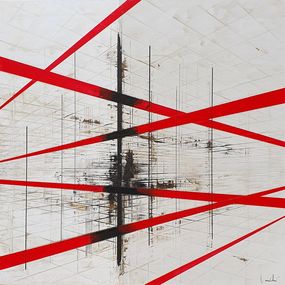

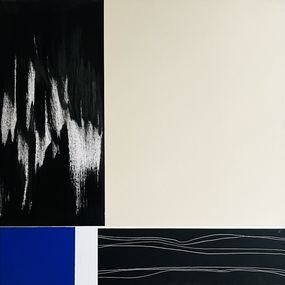

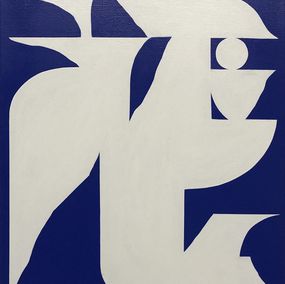

Save your search and find it in your favorites
Saved search
Your search is accessible from the favorites tab > My favorite searches
Unsaved search
A problem occurred
















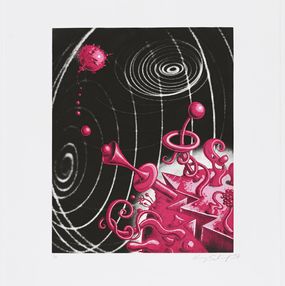




















Painting - 40 x 50 x 2 cm Painting - 15.7 x 19.7 x 0.8 inch
€972

Painting - 75 x 100 x 2 cm Painting - 29.5 x 39.4 x 0.8 inch
€2,700

Design - 73.7 x 65 x 82 cm Design - 29 x 25.6 x 32.3 inch
€1,458




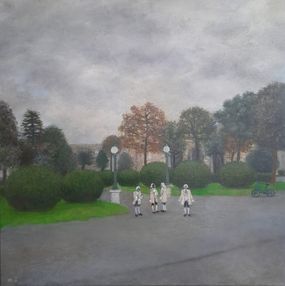
Painting - 60 x 60 x 1.5 cm Painting - 23.6 x 23.6 x 0.6 inch
€1,400

Painting - 61 x 41 x 3 cm Painting - 24 x 16.1 x 1.2 inch
€1,560


In painting, just as in poetry, trees bend but do not break. They offer an array of symbolism: the tree of life, of knowledge, the world's axis and symbol of evolution. They are an omnipresent figure, constant throughout the shifting eras and dominating canvases with their overwhelming grandeur. Trees are as compelling to painters as they are to viewers, seeming to extend their branches almost into the heavens.
For a long time, the tree was only represented as a biblical symbol, the catalyst in the fall of man. Later, in classical paintings, the tree was often relegated to a background object, serving only to prop up other, more important subjects, although some artists like Poussin did make them the focus. Cézanne's The Great Pine, however, is perhaps the best example of a composition entirely dedicated to the tree as a subject, they fill the frame with solid trunks and thick, twisting branches. In a landscape, trees are a sign of splendour and power, towering over the tiny figures of men. In Rubens' The Tempest, they are almost threatening.
The splendour of trees in paintings is greatly affected by the arrangement of the rest of the composition. Sometimes trees seems to support the canvas, marking out the confines of the space. Many painters use trees to give an indication of perspective and depth in the canvas, such as Hodler's Autumn Evening. Trees can also be used to give an indication of where the painting is set: palm trees indicate an exotic setting, lending the canvases an edge of luxury and excitement – as seen in the work of Douanier Rousseau.
The tree can also serve as a metaphor, signifying strength, rootedness, and a sort of natural power that – like even the strongest man – can still end up broken. Anselm Kieffer painted his canvas Varus in memory of the atrocities suffered by Germany in the 20th century; the composition depicts a bloodied forest in reference to the Roman war featured in Tacitus' Germania. The tree can also stand as a symbol for the ceaseless changing of the seasons, often placed in parallel to the human cycle of life. While Hokusai honoured the magnificent cherry blossoms of his native Japan, Monet repeatedly painted his gardens at Giverny, often under the bright light of full summer. Autumn, with its shimmering colours, crisp light, and myriad textures, is an unfailing source of inspiration for artists. Most recently artists have taken to abstracting the form of trees, stripping them back to their most basic elements, like in the works of Raoul Dufy.
In contemporary art, the motif of a tree is most often found in sculpture and installation art because it's so easy to translate into three dimensional media. Traditional art has yet to let trees go, though, and you need to look no further than Mondrian's canvases to see that trees remain a vital element of art history. Browse Artsper's collection of art centred around trees.
What are some famous tree paintings in art history?
How do artists capture the essence of trees in their paintings?